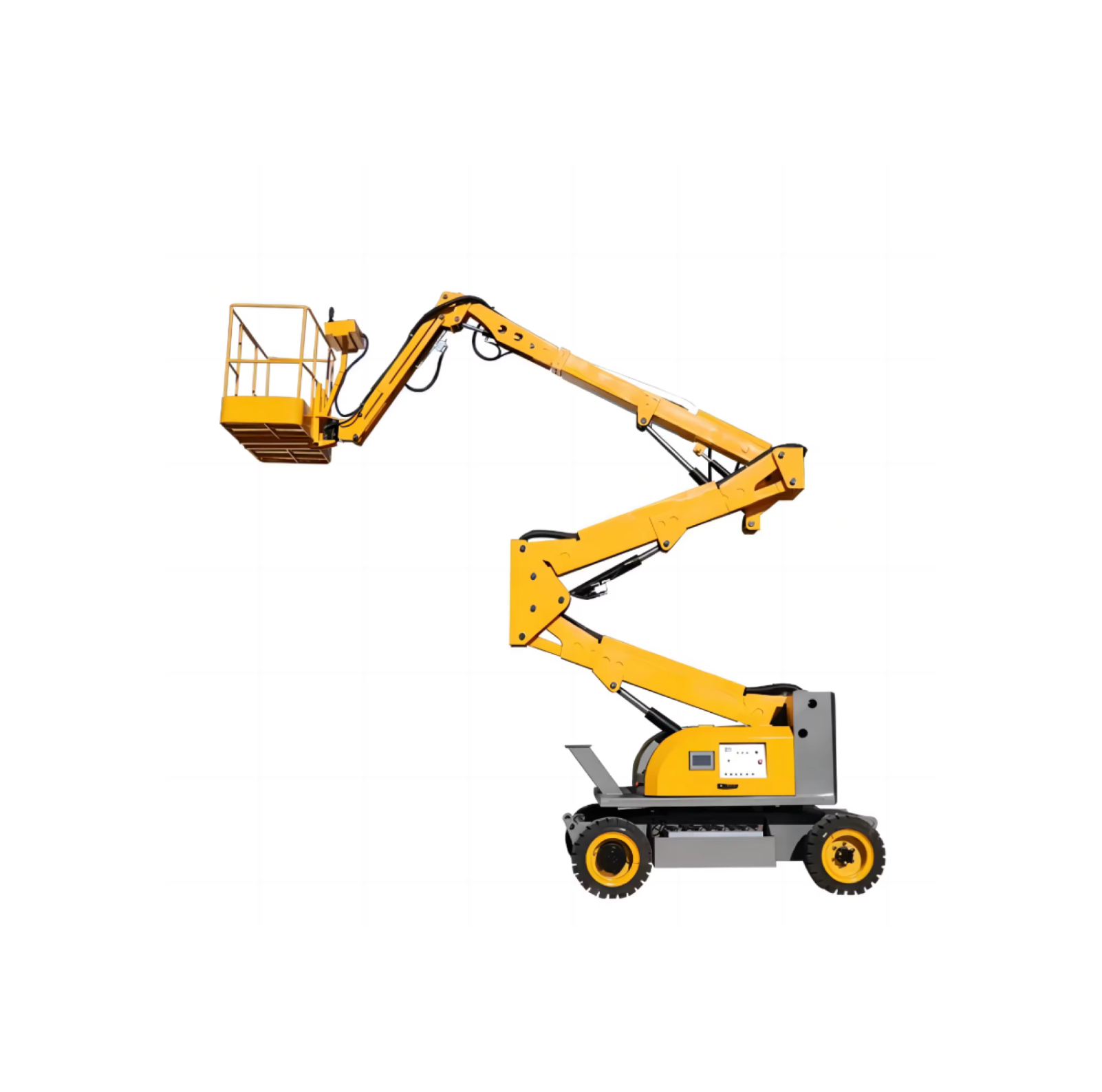
In today's rapidly changing industrial environment, the role of hydraulic lifting platforms is becoming increasingly important. In recent years, with the development of intelligence, the technology of hydraulic lifting platforms has continued to improve, and its application fields have also continued to expand. As automation technology matures, the safety, convenience and sustainability indicators of hydraulic lifting platforms have increasingly become the focus of market attention.
The safety performance of hydraulic lifting platforms has been significantly improved. Modern equipment uses high-strength materials and is equipped with advanced safety protection measures to ensure safety when working at heights. At the same time, the convenience of operation has been greatly improved. Many platforms have introduced digital control systems, making the lifting operation only need simple button control.
In addition, with the continuous application of new materials, the weight of the hydraulic lifting platform has been effectively reduced, which not only improves the mobility of the equipment, but also reduces energy consumption.
At present, the market demand for hydraulic lifting platforms shows a diversified trend. On the one hand, with the acceleration of urbanization, the demand for high-altitude operations in construction, logistics and other industries has gradually increased; on the other hand, enterprises' pursuit of improving operating efficiency and reducing operating costs has made high-performance hydraulic lifting platforms a necessity.
Enterprises should adopt flexible innovation strategies when adapting to market changes. Integrating emerging technologies such as the Internet of Things and artificial intelligence can further improve the efficiency of hydraulic lifting platforms. For example, the use of Internet of Things technology to monitor the working status of the platform in real time can promptly deal with potential faults, thereby improving the reliability and safety of the equipment.
A well-known manufacturing company successfully improved operating efficiency by introducing an intelligent hydraulic lifting platform. The company used key data analysis to optimize equipment configuration and reduce maintenance costs. This successful case provides good reference experience for the industry.
In the future, the demand and application of hydraulic lifting platforms will continue to grow, and embracing technological innovation and market changes will be the only way for enterprise development.


